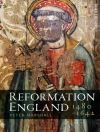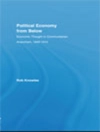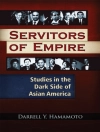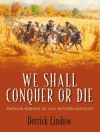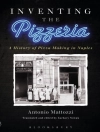A free open access ebook is available upon publication. Learn more at
www.luminosoa.org.
Persian is one of the great lingua francas of world history. Yet despite its recognition as a shared language across the Islamic world and beyond, its scope, impact, and mechanisms remain underexplored. A world historical inquiry into pre-modern cosmopolitanism,
The Persianate World traces the reach and limits of Persian as a Eurasian language in a comprehensive survey of its geographical, literary, and social frontiers. From Siberia to Southeast Asia, and between London and Beijing, this book shows how Persian gained, maintained, and finally surrendered its status to imperial and vernacular competitors. Fourteen essays trace Persian’s interactions with Bengali, Chinese, Turkic, Punjabi, and other languages to identify the forces that extended “Persographia, ” the domain of written Persian. Spanning the ages of expansion and contraction,
The Persianate World offers a critical survey of both the supports and constraints of one of history’s key languages of global exchange.
Daftar Isi
List of Maps and Illustrations
A Note on Transliteration
Preface and Acknowledgments
Introduction: The Frontiers of the Persianate World (ca. 800–1900)
Nile Green
Part I. Pan-Eurasian Expansions, ca. 1400–1600
1. Imperial Ambitions, Mystical Aspirations: Persian Learning in the
Ottoman World
Murat Umut Inan
2. Persian at the Court or in the Village? The Elusive Presence of Persian
in Bengal
Thibaut d’Hubert
3. The Uses of Persian in Imperial China: Translating Practices at the
Ming Court
Graeme Ford
4. Persian and Turkic from Kazan to Tobolsk: Literary Frontiers in
Muslim Inner Asia
Devin De Weese
Part II. The Constraints of Cosmopolitanism, ca. 1600–1800
5. Marking Boundaries and Building Bridges: Persian Scholarly
Networks in Mughal Punjab
Purnima Dhavan
6. A Lingua Franca in Decline? The Place of Persian in Qing China
David Brophy
viii Contents
7. Speaking “Bukharan”: The Circulation of Persian Texts in
Imperial Russia
Alfrid Bustanov
8. Lingua Franca or Lingua Magica? Talismanic Scrolls from
Eastern Turkistan
Alexandre Papas
Part III. New Empires, New Nations, ca. 1800–1920
9. Conflicting Meanings of Persianate Culture: An Intimate Example
from Colonial India and Britain
Michael H. Fisher
10. De-Persifying Court Culture: The Khanate of Khiva’s Translation
Program
Marc Toutant
11. Dissidence from a Distance: Iranian Politics as Viewed from
Colonial Daghestan
Rebecca Ruth Gould
12. From Peshawar to Tehran: An Anti-imperialist Poet of the Late
Persianate Milieu
Abbas Amanat
Epilogue: The Persianate Millennium
Brian Spooner
Glossary
List of Contributors
Index
Tentang Penulis
Nile Green holds the Ibn Khaldun Endowed Chair in World History at the University of California, Los Angeles. He is the author of Sufism: A Global History and Terrains of Exchange: Religious Economies of Global Islam and editor of Afghanistan’s Islam: From Conversion to the Taliban.


